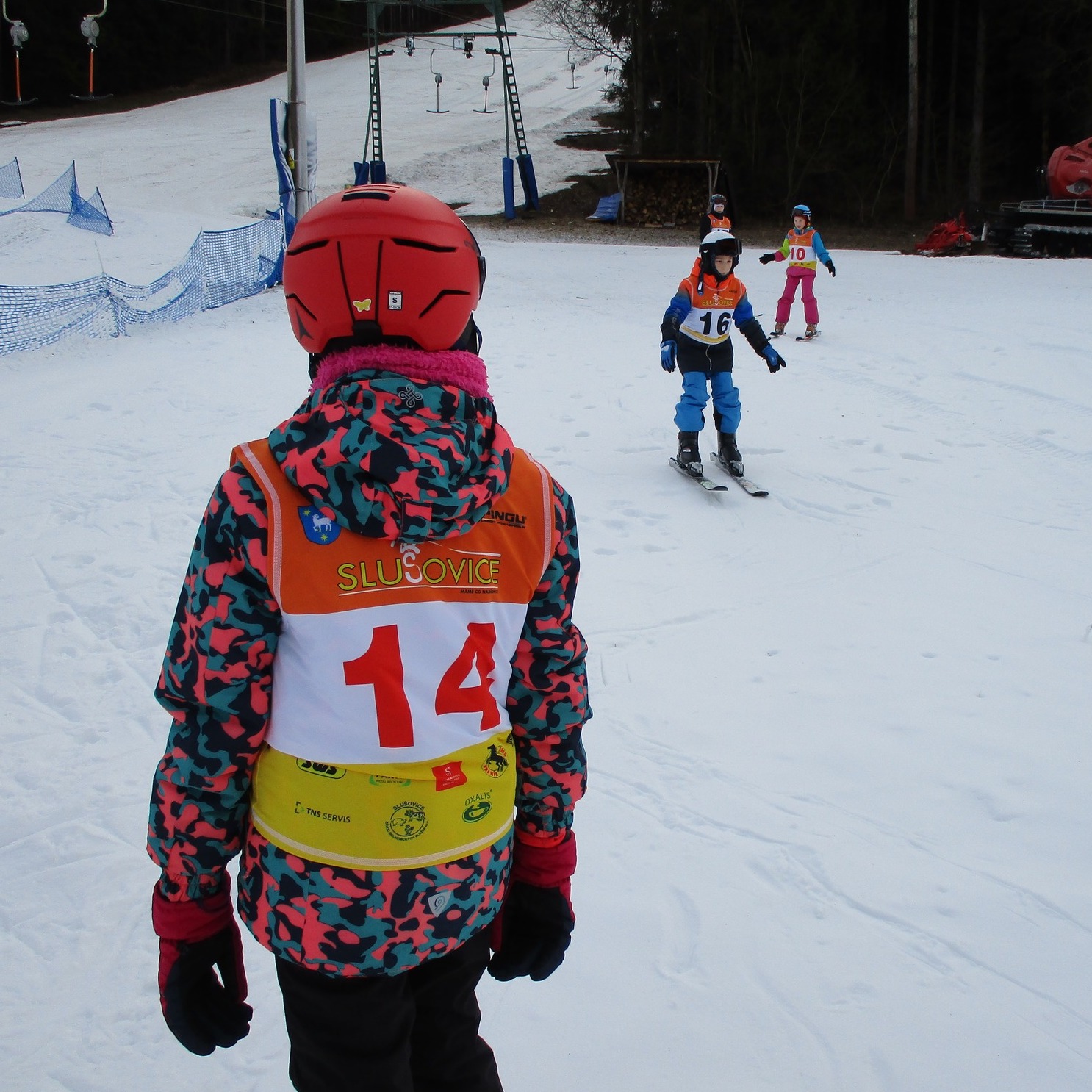We had the opportunity to try the STAKI skis at a ski course for 4th and 5th graders. Unfortunately, the thunderstorm that hit all the mountain resorts significantly affected the testing opportunities.
We rented skis for part of the day to intermediate skiers. The first reactions were due to the length of the skis and especially the absence of the longer part behind the bindings. All of our skiers were therefore getting into the bend. Due to the construction of the STAKI, they were forced to adjust their downhill stance and shift their center of gravity more forward, putting more weight on the front of the ski. This habit then came in handy when they returned to their skis. They learned to better initiate the turn from the tip of the ski and this led to an overall improvement in their turning technique and ski control in the carving turn. The students were impressed right from the start with the very good handling of the skis. We often heard reactions like
“it’s like I have almost nothing on my feet”.
“It’s like I have almost nothing on my feet.”
We recommend the STAKI skis especially for teaching beginners and intermediate skiers. Since they do not allow for plowing, they lead children to parallel skiing and to master faster curves guided by the edges of the skis. They also encourage children to maintain the correct downhill stance. Particularly in younger school-age pupils, riding in a crouch (sitting) is very typical. STAKI will help to eliminate this error more quickly. For complete beginners, the small length of the skis and the unique “heel” system of the ski are an advantage. These features will allow simplified training of basic skiing skills – putting on skis, ascending with a two-sided turn (tree), moving along the contour, turning on the slope, etc. For advanced and good skiers, it certainly doesn’t hurt to try “something different”. Here, however, STAKI will not play such an important role in improving your technique. Due to the absence of the rear part of the ski, STAKI will not allow such a consistent guidance of the arc along the edge and especially its completion, when the feet of the carving skis will accelerate and move us to the next arc. For skiers who have already mastered the basics of carving, I would recommend STAKI more to diversify the instruction.
Marek Dlabaja, Deputy Director, Ski Instructor
– Primary School Slušovice

